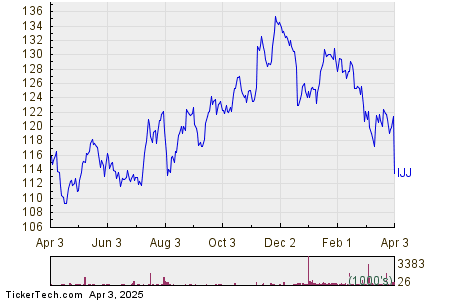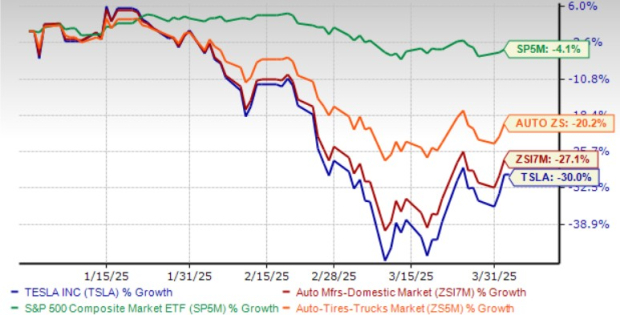May Natural Gas Prices Surge Amid Colder Weather Forecasts
May Nymex natural gas (NGK25) closed on Wednesday at +0.104 (+2.63%). The uptick in prices followed a shift in U.S. weather forecasts predicting colder temperatures for early April. This change could lead to increased heating demand for natural gas. The Commodity Weather Group noted that expected temperatures have cooled for the eastern U.S. during the period from April 7-11.
Commodity Bulletin: From crude oil to coffee, this FREE newsletter is for industry pros and rookies alike.
Last month, natural gas prices reached a two-year high amidst indications that U.S. natural gas storage levels might remain tight as summer approaches. BloombergNEF predicts that U.S. gas storage will be 10% below the five-year average this summer, heightening market concerns.
As reported by BNEF, lower-48 state dry gas production on Wednesday was 105 bcf/day, reflecting a year-over-year increase of 2.9%. Meanwhile, gas demand in the lower-48 states decreased to 74.2 bcf/day, a drop of 5.2% compared to the previous year. Additionally, net flows of LNG to U.S. export terminals fell to 14.2 bcf/day, a decrease of 9.6% week-over-week.
Positive trends in U.S. electricity generation also bolster natural gas demand from utility providers. The Edison Electric Institute reported a 0.9% year-over-year increase in total U.S. electricity output for the week ending March 22, bringing it to 72,289 GWh. In the preceding 52 weeks, output rose to 4,239,323 GWh, a 3.55% increase year-over-year.
From a longer-term perspective, President Trump’s recent decision to lift the Biden administration’s moratorium on approving gas export projects has revived approximately a dozen pending LNG export projects. This increased U.S. capacity for exporting LNG is expected to enhance demand for U.S. natural gas and support prices.
The general expectation is that Thursday’s EIA report will show an increase of +28 bcf in natural gas inventories, surpassing the five-year average for the week ending March 28, which reflects a -13 bcf draw. The previous week’s EIA report presented bearish conditions for natural gas prices, indicating a +37 bcf rise in inventories for the week ending March 21, exceeding expectations for a build of +33 bcf and significantly outpacing the typical seasonal draw of -31 bcf.
As of March 21, natural gas inventories were 24.0% lower year-over-year and 6.5% below their five-year seasonal average, indicating tight supply conditions. Comparatively, Europe’s gas storage stood at 34% full by March 31, against a five-year seasonal average of 45% full for this time of year.
Baker Hughes reported that the number of active U.S. natural gas drilling rigs rose by 1 to 103 rigs in the week ending March 28. This figure sits modestly above the 3-1/2 year low of 94 rigs recorded on September 6, 2024. Active rigs have decreased since reaching a 5-1/4 year high of 166 rigs in September 2022, recovering from the pandemic-era low of 68 rigs in July 2020, as per data since 1987.
On the date of publication, Rich Asplund did not hold any positions in the securities mentioned in this article. All information and data are for informational purposes only. For more information, please view the Barchart Disclosure Policy
here.
The views and opinions expressed herein are those of the author and do not necessarily reflect those of Nasdaq, Inc.


